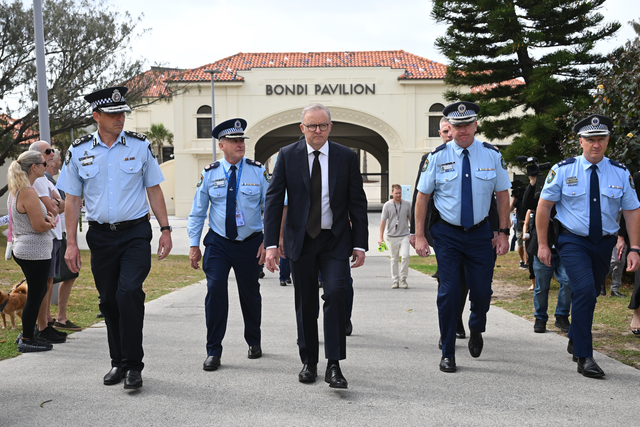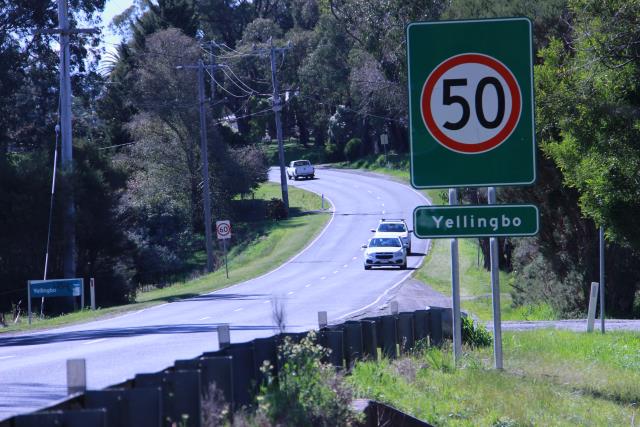By KATH GANNAWAY
UNLIKE other safety hazards such as speeding or drink driving, driver fatigue is not a criminal offence, but it can be just as deadly. Be sure to plan ahead, get away from the wheel and share the driving whenever possible.
Before the journey
It is critical before leaving on long trips to be well rested.
Passengers should also be well rested; there are few things more distracting for a driver than whingeing, grumpy passengers.
Plan trips so that you will stop at least every two hours.
Fifteen minutes is a good break. Get out of the car, breathe fresh air, have some light refreshments, walk around, do something interesting.
If you have kids make sure you have interesting things for them to do; write down ideas for games before you leave.
Research the areas you will be driving through and develop a quiz.
Pack a picnic basket and thermos. Don’t drink alcohol.
During the journey
Share the driving, and give your relief driver confidence.
Don’t let the temperature inside the car make you drowsy.
Keep the radio or music at a non-distracting level. Loud music can interfere with concentration.
Be flexible – if you feel you are getting tired, don’t wait, find somewhere safe and have a quick nap.
Rubbing your eyes is a sure sign you need to pull over.
If you show any of the symptoms listed below, pull over at the first safe opportunity and rest – you may be at risk of losing concentration: yawning, poor concentration, tired eyes, restlessness, drowsiness, slow reactions, boredom, oversteering and impatience.






